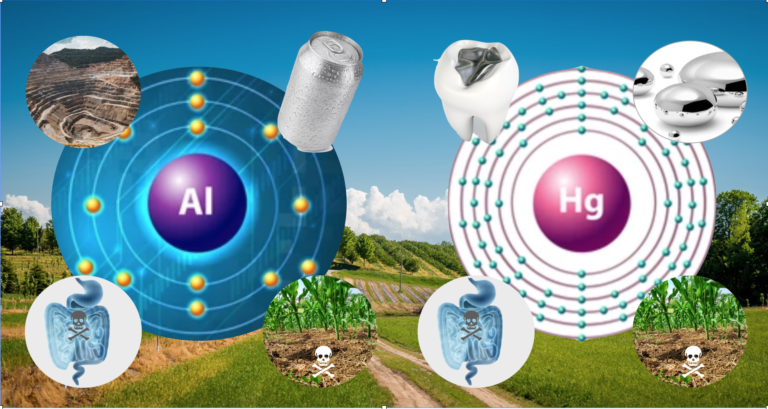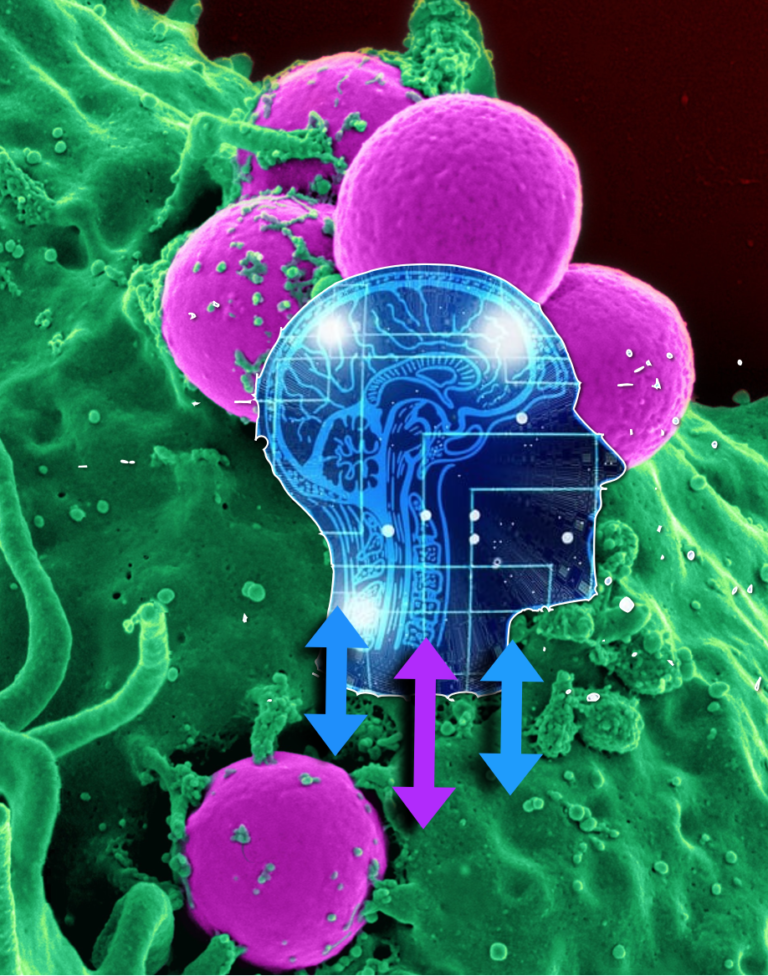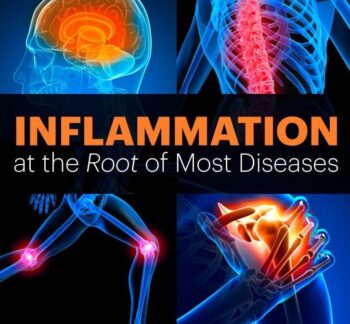
Chronic inflammation is a symptom that contributes many degenerative and aging processes in human and animal systems. Inflammation has been recognized as a critical factor in the pathogenesis of cardiovascular, neurodegenerative, joint disease states, as well as cancer and diabetes.
Nature provides gentle ways to counteract inflammation with plant extracts. An important consideration are the various medicinal products derived from plants and soil samples that have contributed positively to modern medicine. Microorganisms in the Gastro-intestinal (GI) track are also important to consider in the evaluation of plant effectiveness, since they show complex variation and reflect the health state of the individual.
Gut microbiome supports, enhances or detracts absorption of micro-nutrients. Similarly, the soil microorganisms and their associated genes develop intimate relationships with the roots of plants by supporting, enhancing or detracting absorption of soil micro-nutrients or conferring abiotic stress tolerance to their plant hosts (Hartman and Tringe 2019). It is therefore equally important to take care of the human gut microbiome, as well as soil microorganisms and plant environments to maximize the health benefits conferred by phytonutrients (plant nutrients). See Brain Matters and First things first: What lies beneath our feet.
Rich undisturbed soil of forests and natural reserves provide their host plants all the right chemistry for complex beneficial interaction with soil microorganisms. In the same manner that a disturbed GI track microbiome causes adverse effects in the human body, a disturbed soil or plant-ecosystem will affect plants’ nutritional profile or chemical properties. Breeding plants to express a particular feature, such as higher fruit sweetness, can increase its susceptibility to pathogens and decrease health benefits.
The lack of herbal standardization, potential drug—herbal interactions and low bio-availability of herbal extracts introduces a degree of unpredictability to plant effectiveness. The following are plants that have been studied for their beneficial effects on inflammation:
Bromelain:
Bromelian is a sulfhydryl proteolytic enzyme found mainly in pineapple stems. Natural range is tropical America but it is now grown in South Asia. Bromelain has been studied for quite some time. Work on Bromelain isolation began in 1894. Pineapple has been shown to contain biologically interesting alkaloids, saponins, flavonoids and tannins. However, the beneficial activity against inflammation has been attributed largely to Bromelain in the pineapple stem. Additionally, Bromelain crude aqueous extract also contains other components such as cellulase, peroxidases, phosphatases, glucosidase, glycoproteins, organically bound Calcium and protease inhibitors.
Unlike Resveratrol, Bromelain naturally maintains sufficiently high biological activity after absorption with a half life of 6-9 hours (Castell J.V. et al. 1997). Bromelain may exert antimicrobial activity against some pathogens that cause Periodontal disease, such as Streptococcus mutant, Porphyromonas Gingivalis (NC Praveen et al. 2014). The anti-inflammatory effects of Bromelain are the result of immune response modulation.In a properly functioning immune system, the inflammatory response to a pathogenic factor would eliminate the pathogen but also allow the tissues to return to a normal state. In chronic inflammatory conditions such as in autoimmune diseases, immune-regulatory mechanisms do not function properly and may improve with modulating compounds such as Bromelain.
Recent studies explore the effects of Bromelain in cancer cells and Covid 19 (Pawel Hikisz and Joanna Bermasinska-S. 2021). Bromelain (along with with turmeric, diclofenac sodium, rutin* and trypsin) was also studied in Osteoarthritis.
*See Smart Foods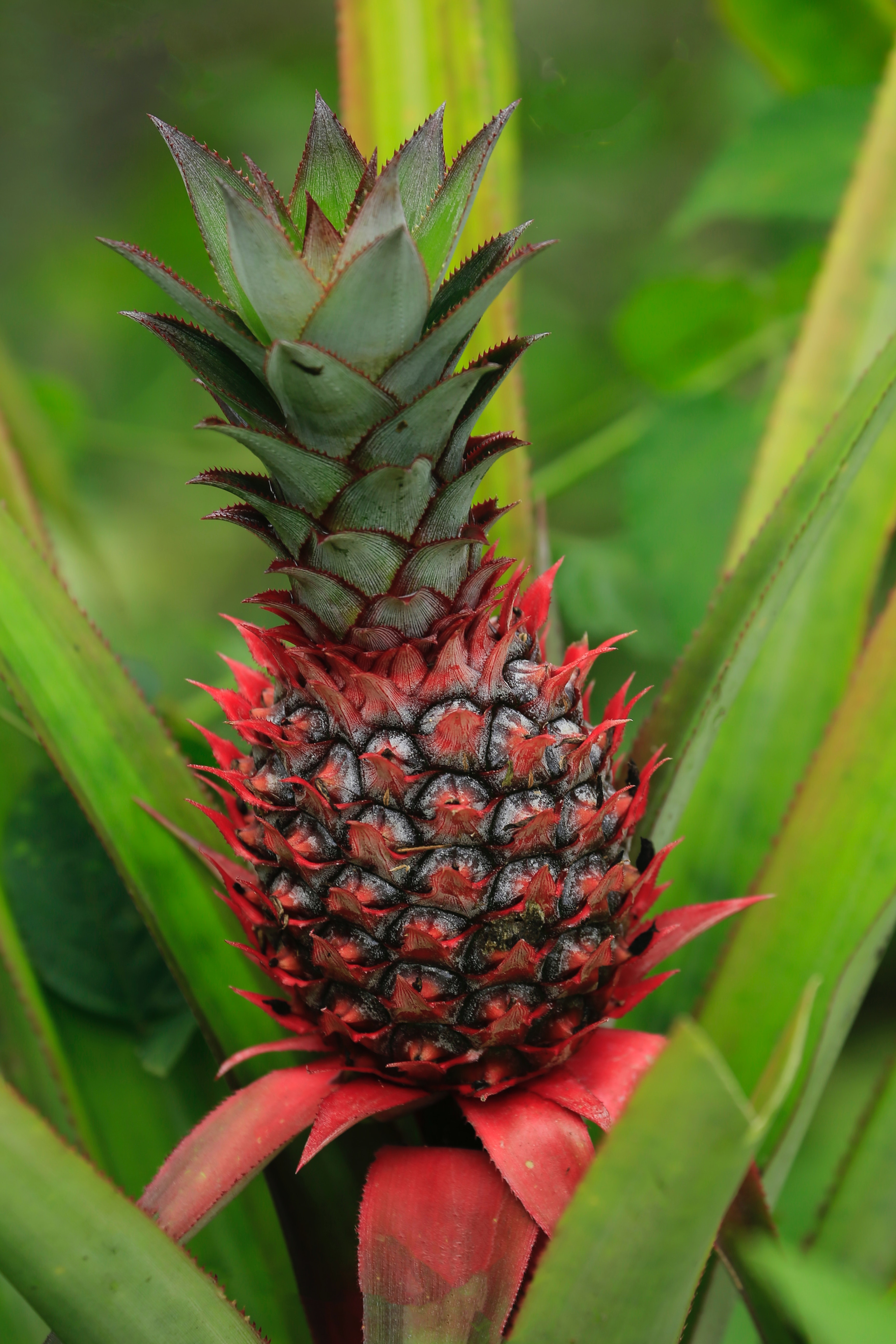


Curcumin:
Another study indicated the instability of Curcumin in biological settings, showing evidence that suggested Curcumin’s actual effects may not be living up to its fame. However this study did not rule out the possibility that an extract of crude turmeric may have beneficial effects (Kathryn Nelson et al. 2017).
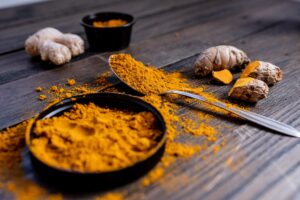
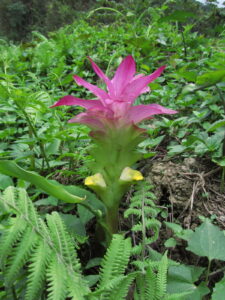
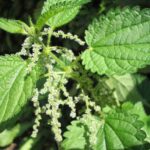
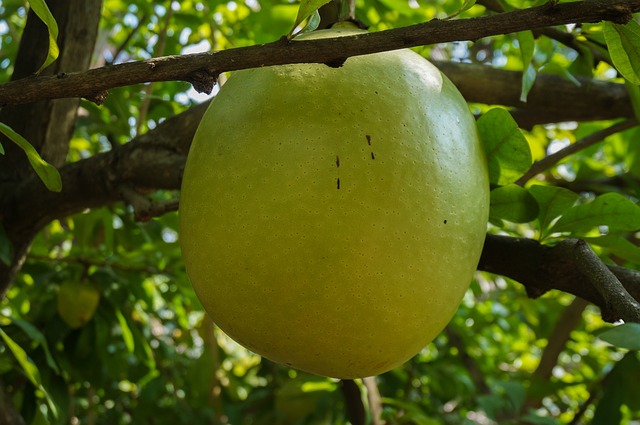
Tannins:
Tannins* are poly-phenols that are not only helpful for tropical fish in aquariums, but can be also beneficial to humans. Examples of tannin rich plant products are amla, calabash tree fruit, coffee, tea, grapes and cacao. Tannins have astringent properties and exhibit an anti-inflammatory activity in the gastro-intestinal track. Other benefits are assisting in tissue repair and anti-bacterial activity against H. Pylori. In addition, tannins show non-specific anti-fungal and anti-microbial effects by precipitating proteins (Neyres Zinia Taveira et al. 2012). *See Smart Foods
Traditionally, in the aquarium hobby, tannins from the Catappa leaf are used to provide the aquarium water with these very same beneficial properties and hence, enhance the health of fish. In the same way, the trees of an undisturbed forest shed leaf litter on rivers or lakes releasing tannins that benefit fish. This link is an example of the interconnection of nature through evolution program loops that ensure the health of whole systems.
Urtica Dioica:
*See Smart Foods
Nettle leaf extract has been observed to inhibit inflammatory prostaglandins and mast cells tryptase, consequently preventing degranulation (mast cell degranulation plays a role in immediate allergic reactions). Moreover, using Urtica Dioica hydroalcoholic extract, the attenuation of inflammation in the hippocampus of diabetic rats was demonstrated by Rahmati M. et al. 2021, thus highlighting the possibility of beneficial effects in neuroinflammation.
The original native range of this plant was Europe, warm areas of Asia and Northern Africa. Nettle plants grow happily in moist areas along river banks. It is no surprise that Nettle leaf has proven beneficial to fish, since it acts on fish as a growth promoter and immune stimulant (Kumari Bhusal 2022).

Boswellia Serrata and Boswellia Freriana:
The natural range of Boswellia Serrata and Boswellia Freriana is the dry mountainous regions of India, Middle East and Northern Africa. The oleo-gum resin extracted from the trunk of the Boswella tree has been used for centuries to treat inflammatory disorders. The tree is wounded at the beginning of the year and the sap is extracted during the summer and fall. After three years of tapping a tree, the quality of its exudate decreases considerably.
Modern studies of this resinous compound have been focused on its action against knee cartilage breakdown (Blain E.J. et al. 2009).
In vitro studies have shown that boswelic acids and quercetin content of the Boswellia tree inhibit or block the synthesis of pro-inflammatory enzymes. The action of boswellic acid is more specific than the anti-oxidant quercetin, inhibiting the enzyme (5-lipoxygenase). 5-LO aids the generation of inflammatory leukotrienes. Leukotrienes are potent mediators of various responses that can contribute to tissue destruction during inflammation.
Another inhibitory action may occur against the human leukocyte elastase, a serine protease that also contributes to tissue injury during inflammatory processes. Elastase may be of importance in the pathogeneses of emphysema (M.Z Siddiqui 2011).
Salix spp. fam. Salicaceae:
The genus Salix is comprised of the willow trees, which have been used since antiquity. First mention of this genus was recorded in the Ebers papyrus around 1550 BC. The Willow bark extract in-vitro activity against inflammation is the result of blocking pro-inflammatory cytokines (protein based molecules that modulate the immune system response), enzymes and mediators.
Acetyl Salicylic Acid, (aspirin) is the chemical analog of one of the constituents of the Willow bark extract. In animal studies, Willow bark extract decreased inflammation and cytokine surge with equal potency as the chemical analogue. However, the Willow bark extract, even with a lesser content of salicin, was shown effective in reducing leukotrienes (potent pro-inflammatory mediators), COX-2 (enzyme used in the production of inflammatory messengers), and also better in anti-oxidant activity (Khayyal M. et al. Arzneimittelforschung. 2011). This outcome may suggest that other constituents of the Willow bark extract such as polyphenols and flavonoids may play a role in the observed benefits.
Human studies have produced mixed results with some studies concluding that Willow bark extract was no better than the placebo while other studies showed a significant decrease in pain for osteoarthritis and back pain (Uehleke B. et al. 2013) (Dorin Dragos et al. 2017).
Resveratrol:
© Edenbumi/Natural Inflammation Fighters 2023.
